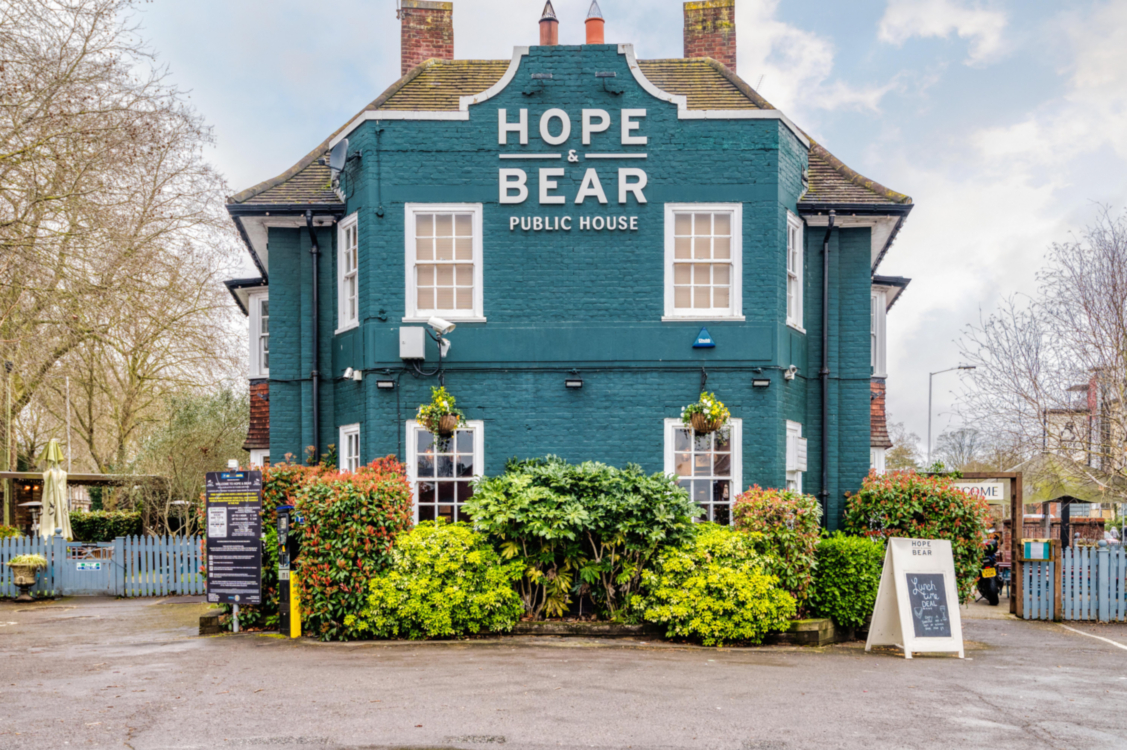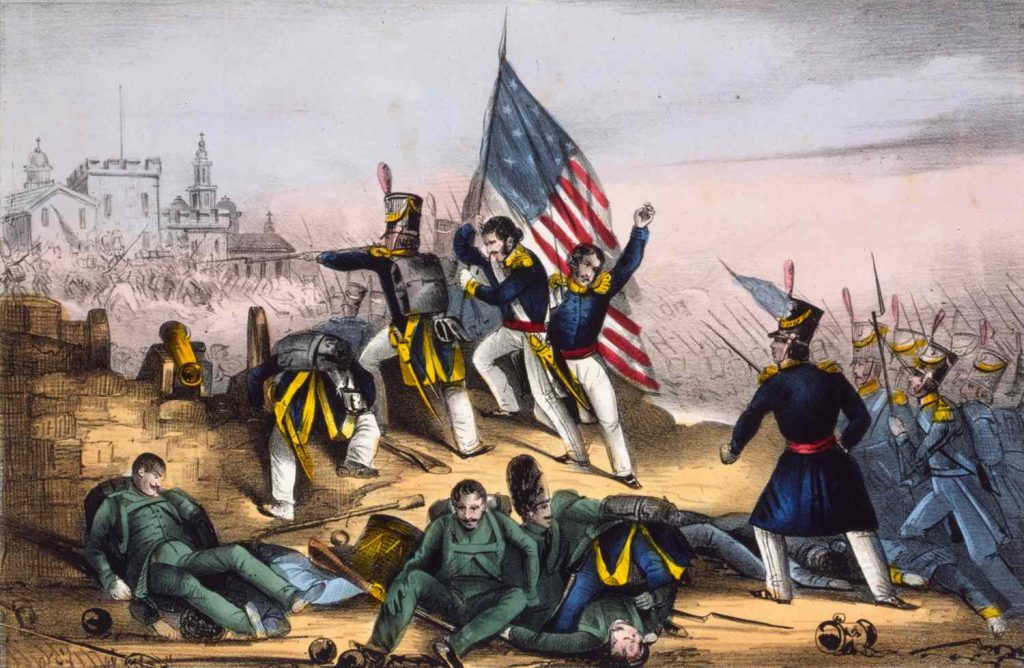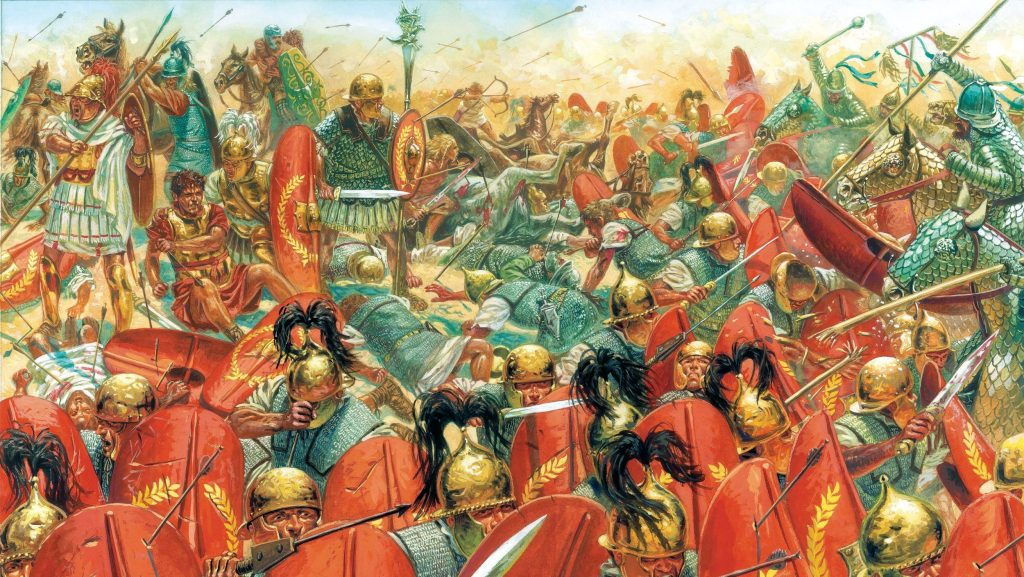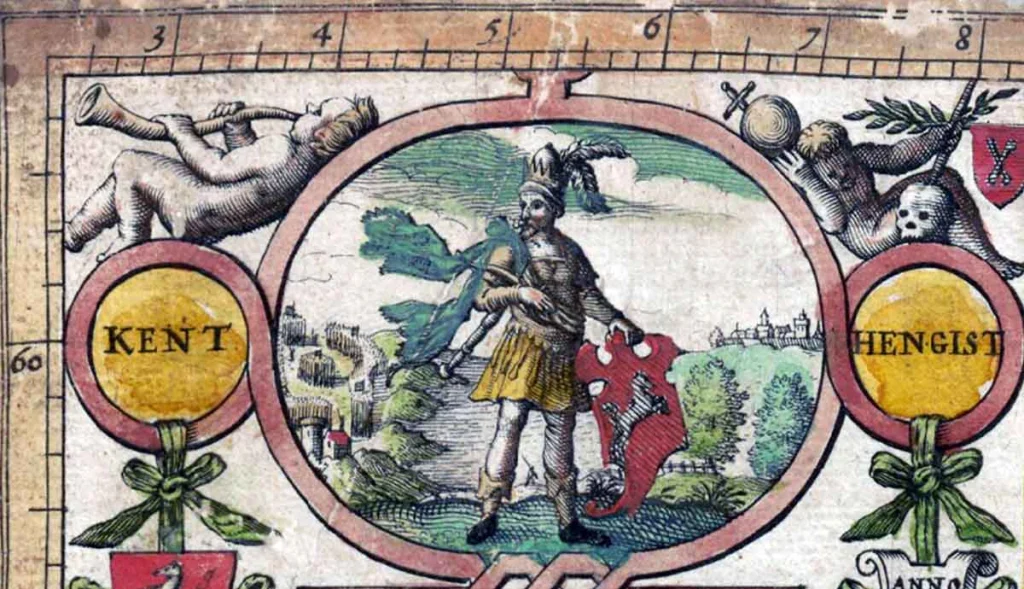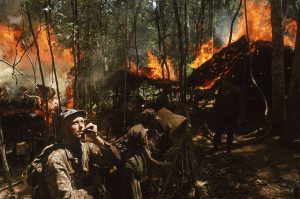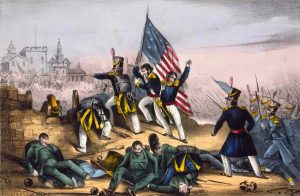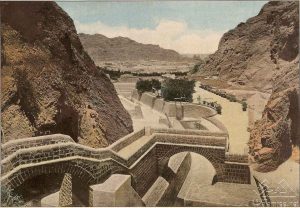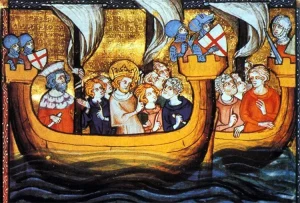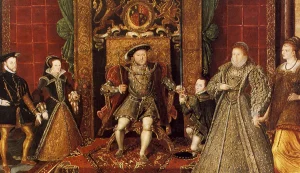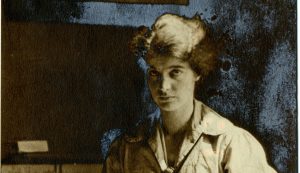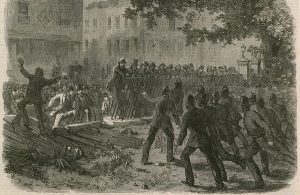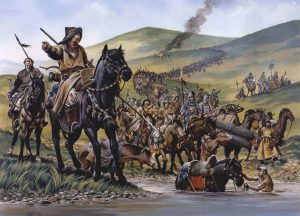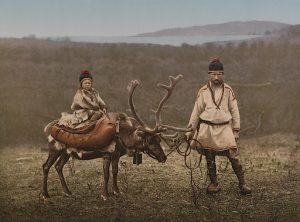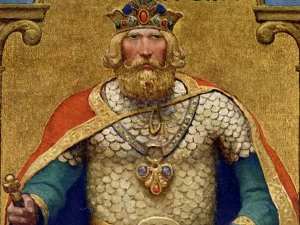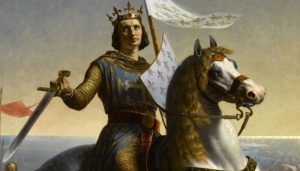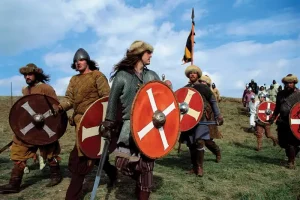Wander through any town or countryside in Britain, and you’re sure to pass a pub with a name that sounds like a riddle: The Red Lion, The King’s Arms, The Dog and Duck, or even The Bucket of Blood. These aren’t just whimsical labels—they’re centuries-old time capsules, packed with layers of history, politics, superstition, and local character.
For many, the pub is more than a place to drink. It’s a social hearth, a living link to the past. And nowhere does that connection show more vividly than in the names hanging above the doors.
But where did these names come from? And why are so many pubs named after animals, heraldic symbols, or completely bizarre combinations?
To answer that, we have to go back—far back—to the Middle Ages, the Tudors, and even the Romans.
🏰 Signs Before Literacy: The Origins of the Pub Name
In medieval England, most of the population couldn’t read. But they could recognize images. This meant that businesses, especially inns and taverns, used pictorial signs to announce themselves to the public.
King Richard II passed a law in 1393 requiring pubs and alehouses to hang a sign outside “so that the ale may be known,” allowing inspectors to identify them and control quality. Thus, the pub sign was born—not just as decoration, but as a regulatory necessity.
These signs evolved into names, and many of the most common ones today have roots in this early tradition of symbolic storytelling.
🦁 The Red Lion: A Royal Roar
One of the most common pub names in Britain is The Red Lion. You’ll find it in almost every county—from Cornwall to Scotland.
So what’s the story?
- Some historians trace it back to James VI of Scotland, who became James I of England in 1603. Upon taking the English throne, he ordered the red lion of the Scottish royal arms to be displayed on public buildings—including inns and taverns—as a symbol of unity.
- Others suggest the red lion was a heraldic symbol associated with noble families or used by pubs trying to appeal to royalist sentiment.
Either way, it stuck. Even today, over 500 pubs in the UK still carry the name.
👑 The King’s Arms, The Queen’s Head, and Regal Affiliations
Royal names are everywhere in British pub culture. Monarchs and their symbols were popular because landlords sought the favor (or at least the approval) of the Crown. Names like:
- The King’s Head (often with a portrait of Charles I or Henry VIII),
- The Queen’s Arms (a nod to royal heraldry),
- The Prince of Wales (popular during the Georgian and Victorian periods),
…served as public declarations of loyalty, especially during times of political upheaval.
During the English Civil War, for instance, naming a pub The King’s Head could signal Royalist sympathies, while The Commonwealth Arms might show allegiance to Parliament. Pub names were political statements, encoded in wood and paint.
⚔️ The Royal Oak: A Tale of Escape and Oak Trees
The Royal Oak is another pub name with a story rooted in rebellion and survival.
After his defeat at the Battle of Worcester in 1651, Charles II fled from Cromwell’s forces and famously hid in an oak tree to avoid capture. This daring escape became legendary, and after the Restoration in 1660, “Royal Oak” became a symbol of loyalty to the monarchy.
Naming a pub after the Royal Oak was a badge of honor—a declaration of steadfastness during the Interregnum.
🐶 The Curious Case of The Dog and Duck
Why would a pub be named The Dog and Duck?
The answer lies in country sports. This particular name refers to a once-popular pastime where ducks were released in a pond and dogs were sent in to chase them—an early form of entertainment for nobles and villagers alike.
Many animal pairings in pub names, such as:
- The Fox and Hounds
- The Cock and Bull
- The Bear and Ragged Staff
…also reflect either rural activities like hunting, or borrow from heraldry, myths, and tavern humor. These names were meant to be memorable and eye-catching, even humorous. They often included two nouns joined by “and” to create a rhythm and rhythmically pleasing balance.
Sometimes, these combinations had no deeper meaning—just catchy, quirky combinations designed to draw attention.
🔥 Religious Roots: Saints and Symbols
Before the Reformation, many pubs had religious names—The Cross Keys, The Lamb and Flag, The Angel, and The Seven Stars all carry spiritual connotations.
- The Cross Keys refers to the keys of Saint Peter.
- The Lamb and Flag symbolizes Christ and the resurrection.
- The Seven Stars may reference the Book of Revelation or the Pleiades constellation.
During the Reformation, many overtly religious pub names were changed, especially those seen as “too Catholic.” Some were secularized, while others adopted more royal or political themes in line with the shifting tides of power.
🚂 New Names for New Times: From Industrial to Ironic
As Britain entered the Industrial Revolution, pub names reflected the changing world.
- The Railway Tavern and The Station Hotel appeared near new train routes.
- The Steam Packet referred to the arrival of steamboat travel.
In the Victorian era, the growth of empire and exploration led to names like:
- The Admiral Nelson
- The Bengal Lancer
- The Britannia
And in the 20th and 21st centuries, pubs got cheeky. Names like The Slug and Lettuce, The Goat and Tricycle, and The Drunken Duck lean into quirkiness and brand identity, trading tradition for memorability.
But even new pubs often borrow from old conventions—pairing animals, combining unlikely objects, or referencing long-lost stories.
🧩 Local Legends and Inside Jokes
Some pub names are deeply local and reflect regional dialects, professions, or folklore. For example:
- The Jolly Sailor might appear in a port town with naval roots.
- The Miner’s Arms makes sense in old coal country.
- The Bucket of Blood in Cornwall is named after a tale of murder and a well filled with blood (or maybe red clay—it depends who you ask).
These names are part of the oral history of the community. Locals know the story—or argue about it over pints. And in many cases, the original meaning has been lost to time, which only adds to their mystery.
🧭 Pub Names as Waymarkers
Before modern addresses, pub names served another purpose: navigation.
Taverns often stood at crossroads, on coaching routes, or near markets. Telling someone to “meet at The White Hart” was easier than describing directions.
In some towns, a pub sign was more recognizable than the church or the town hall. Travelers, mail coaches, and drovers used these names as landmarks, giving them a quasi-public function in rural infrastructure.
🍻 Tradition Still on Tap
Today, the pub name is more than a quirky tradition—it’s a window into Britain’s layered past. Even as chains and modernization reshape the landscape, thousands of pubs still carry names that date back centuries.
They’re shorthand for loyalty, laughter, memory, rebellion, and resilience. Each one tells a quiet story, not just about what people drank—but about who they were, what they feared, who they followed, and how they saw the world.
So next time you pass The Crown and Anchor, The Boar’s Head, or The Coach and Horses, take a moment to think of the stories that sign has seen—and the long line of patrons who’ve raised a glass beneath it.

